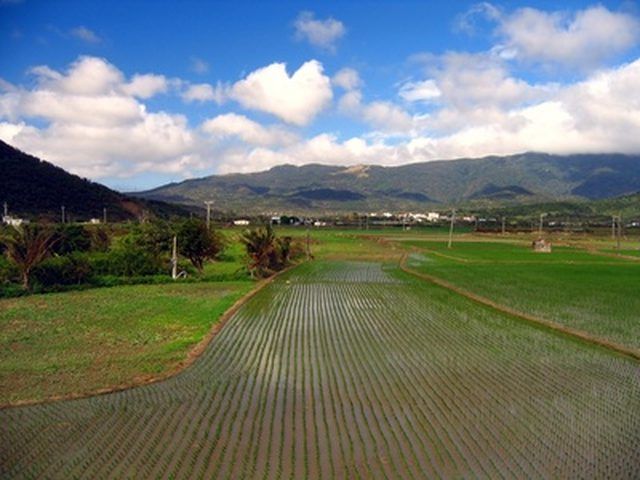Bulbs
Flower Basics
Flower Beds & Specialty Gardens
Flower Garden
Garden Furniture
Garden Gnomes
Garden Seeds
Garden Sheds
Garden Statues
Garden Tools & Supplies
Gardening Basics
Green & Organic
Groundcovers & Vines
Growing Annuals
Growing Basil
Growing Beans
Growing Berries
Growing Blueberries
Growing Cactus
Growing Corn
Growing Cotton
Growing Edibles
Growing Flowers
Growing Garlic
Growing Grapes
Growing Grass
Growing Herbs
Growing Jasmine
Growing Mint
Growing Mushrooms
Orchids
Growing Peanuts
Growing Perennials
Growing Plants
Growing Rosemary
Growing Roses
Growing Strawberries
Growing Sunflowers
Growing Thyme
Growing Tomatoes
Growing Tulips
Growing Vegetables
Herb Basics
Herb Garden
Indoor Growing
Landscaping Basics
Landscaping Patios
Landscaping Plants
Landscaping Shrubs
Landscaping Trees
Landscaping Walks & Pathways
Lawn Basics
Lawn Maintenance
Lawn Mowers
Lawn Ornaments
Lawn Planting
Lawn Tools
Outdoor Growing
Overall Landscape Planning
Pests, Weeds & Problems
Plant Basics
Rock Garden
Rose Garden
Shrubs
Soil
Specialty Gardens
Trees
Vegetable Garden
Yard Maintenance
What Are the Dangers of Miracle Grow?
What Are the Dangers of Miracle Grow?. Miracle-Gro is a brand of garden products produced by the Scotts Company, LLC. The brand line includes water-soluble fertilizer, granular fertilizer, bagged soil, and garden hardware such as hose sprayers. The original Miracle-Gro product, first marketed in 1951, is a water-soluble fertilizer sold as a blue...

Miracle-Gro is a brand of garden products produced by the Scotts Company, LLC. The brand line includes water-soluble fertilizer, granular fertilizer, bagged soil, and garden hardware such as hose sprayers. The original Miracle-Gro product, first marketed in 1951, is a water-soluble fertilizer sold as a blue powder.
Salts
Using an inorganic fertilizer, like the standard Miracle-Gro product, over a long period of time can encourage salt buildup in the soil. This decreases a plant's ability to take up nutrients.
Consumer Error
Since the original Miracle-Gro product is sold as a water-soluble powder, the consumer must mix the solution according to the manufacturer's instructions. If the consumer makes an error, their plants may receive too much or too little fertilizer.
Pesticides
In 2008, the EPA ordered the Scotts company to recall two Miracle-Gro products. These products contained a commonly used herbicide, trifluralin. Because the herbicide was not listed on the Miracle-Gro label, consumers may have been unknowingly exposed and may not have followed safe handling or disposal practices. The company recalled the products; however, some consumers may have purchased the products before the recall took effect.
Environment
Many ingredients of inorganic fertilizers do not come from sustainable resources. The production of fixed nitrogen in the original Miracle-Gro and other fertilizers commonly involves energy produced by burning fossil fuels, like coal and natural gas. Additionally, excess fertilizer can be washed into local water sources, creating algal blooms that consume oxygen in rivers, lakes, and even oceans. This oxygen starvation kills life in the affected waters, creating "dead zones."
Prevention
Do not use a fertilizer unless your soil requires additional nutrients. After fertilizing, water thoroughly but do not allow over-watering or runoff. Immediately clean up any spilled fertilizer.